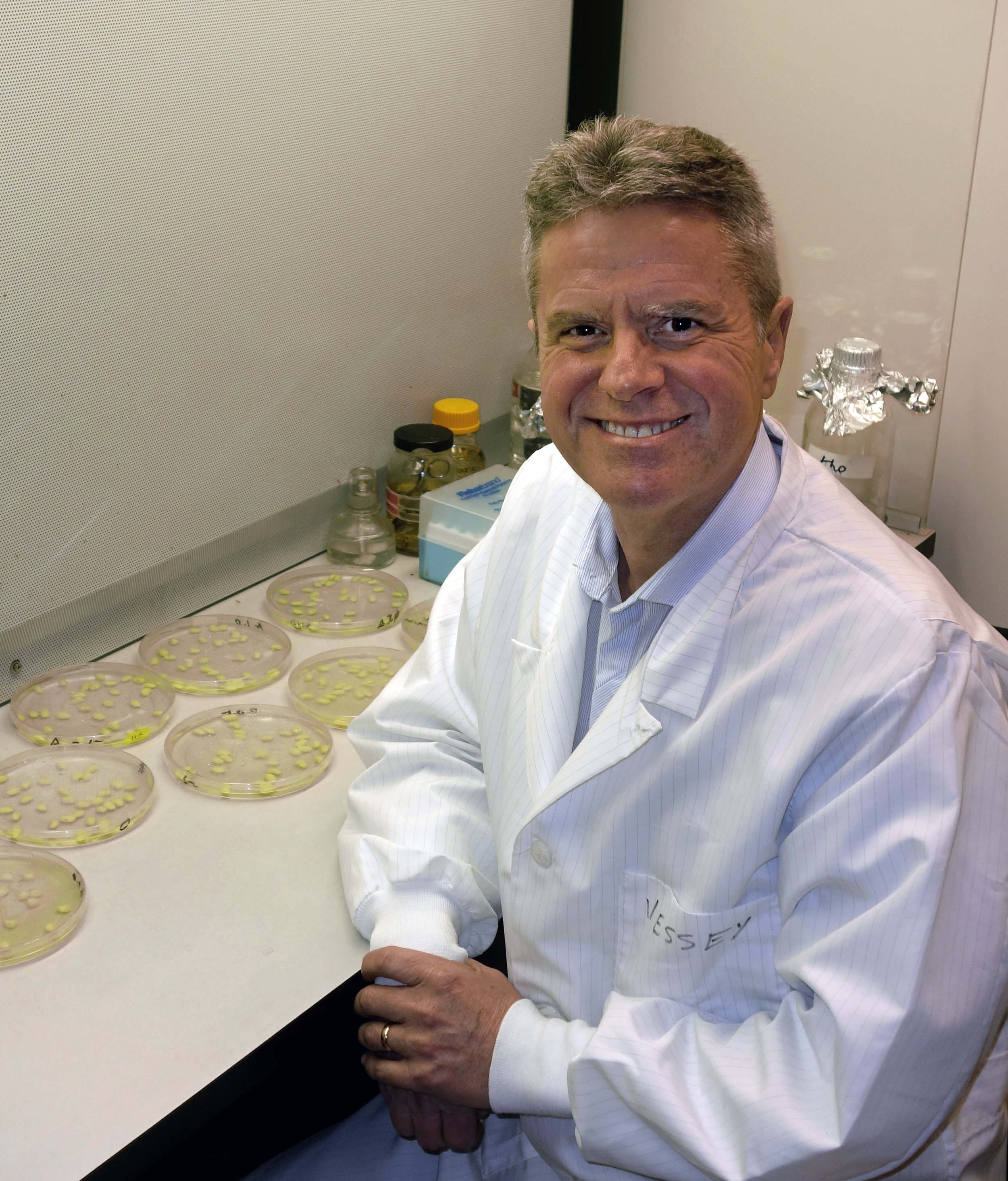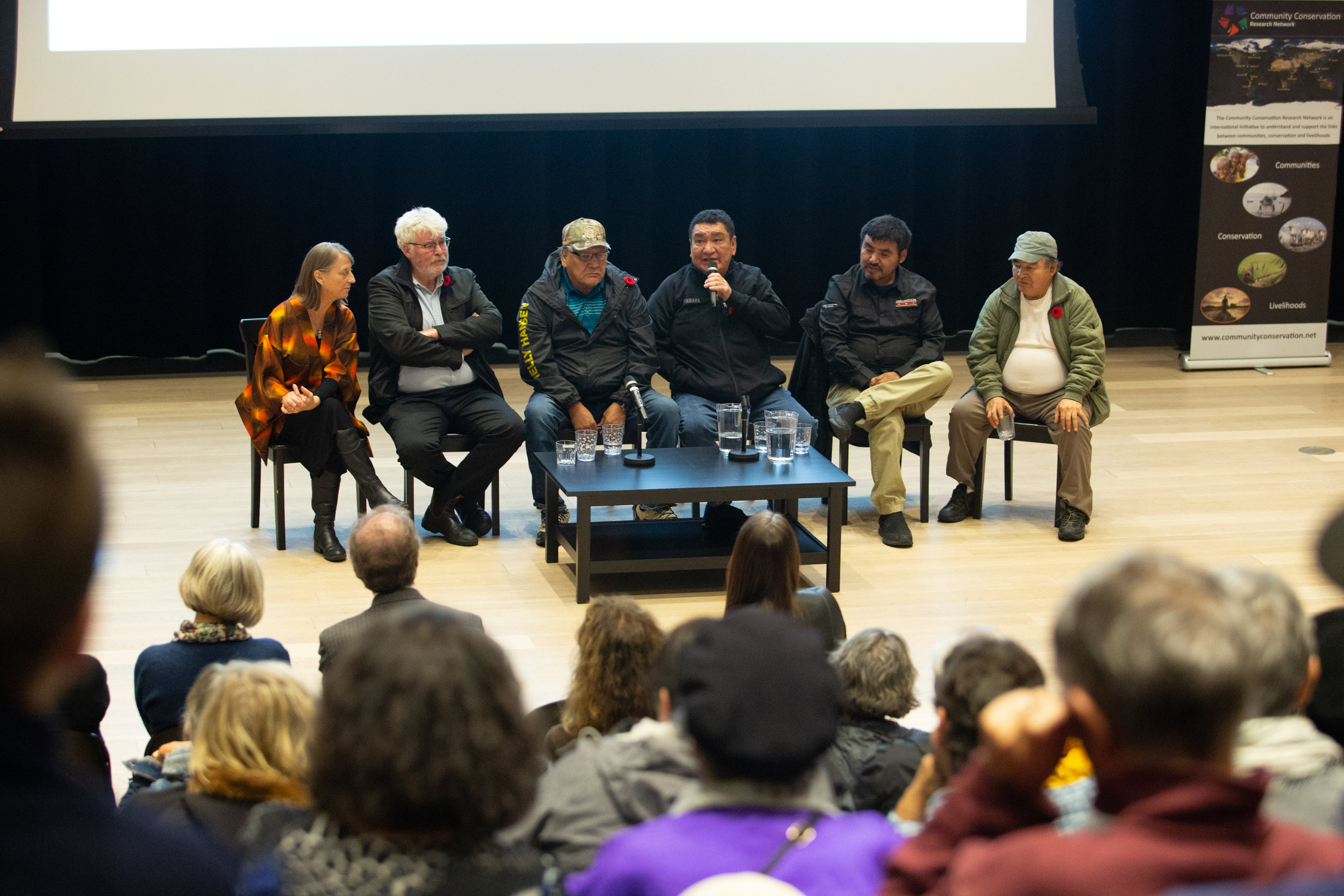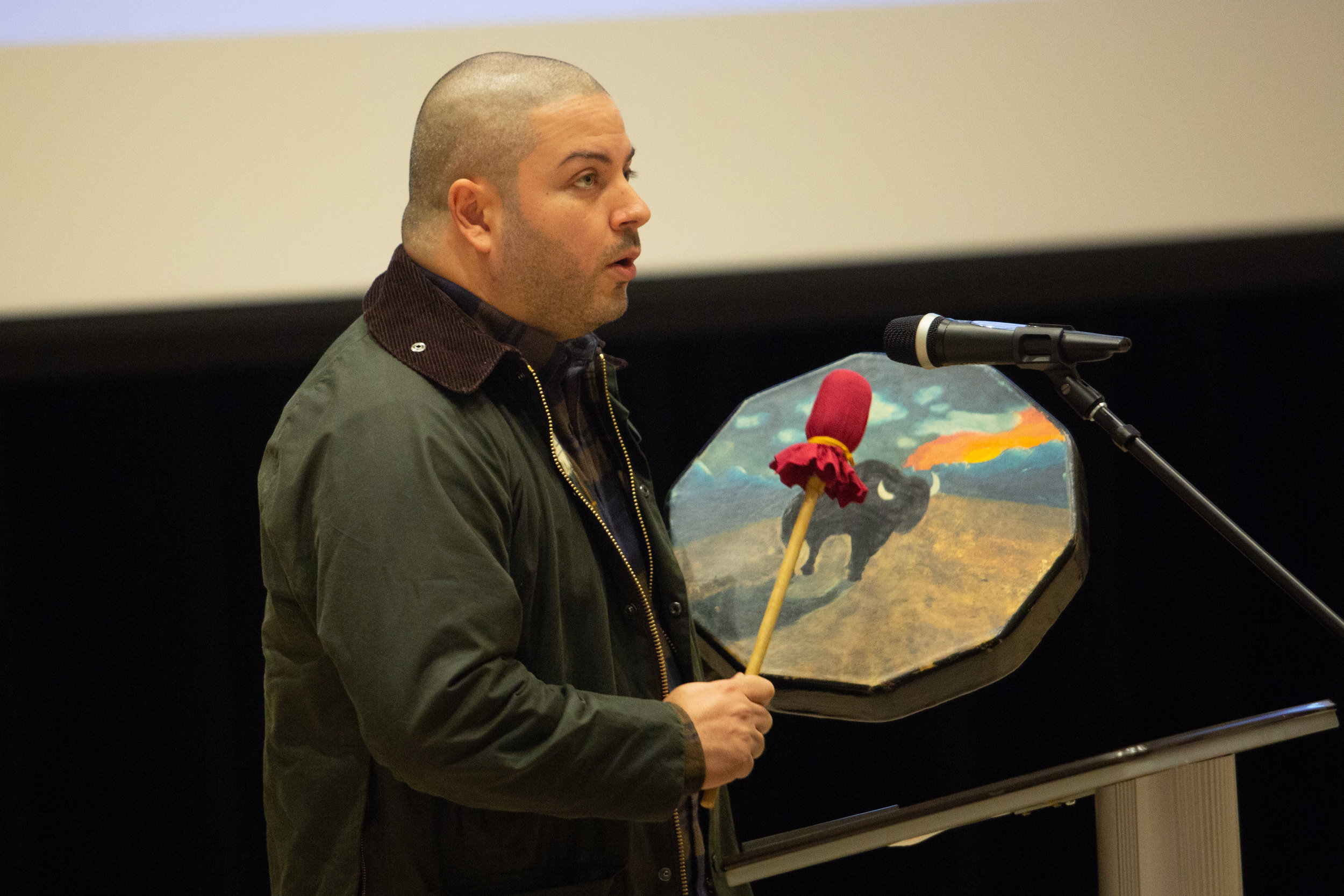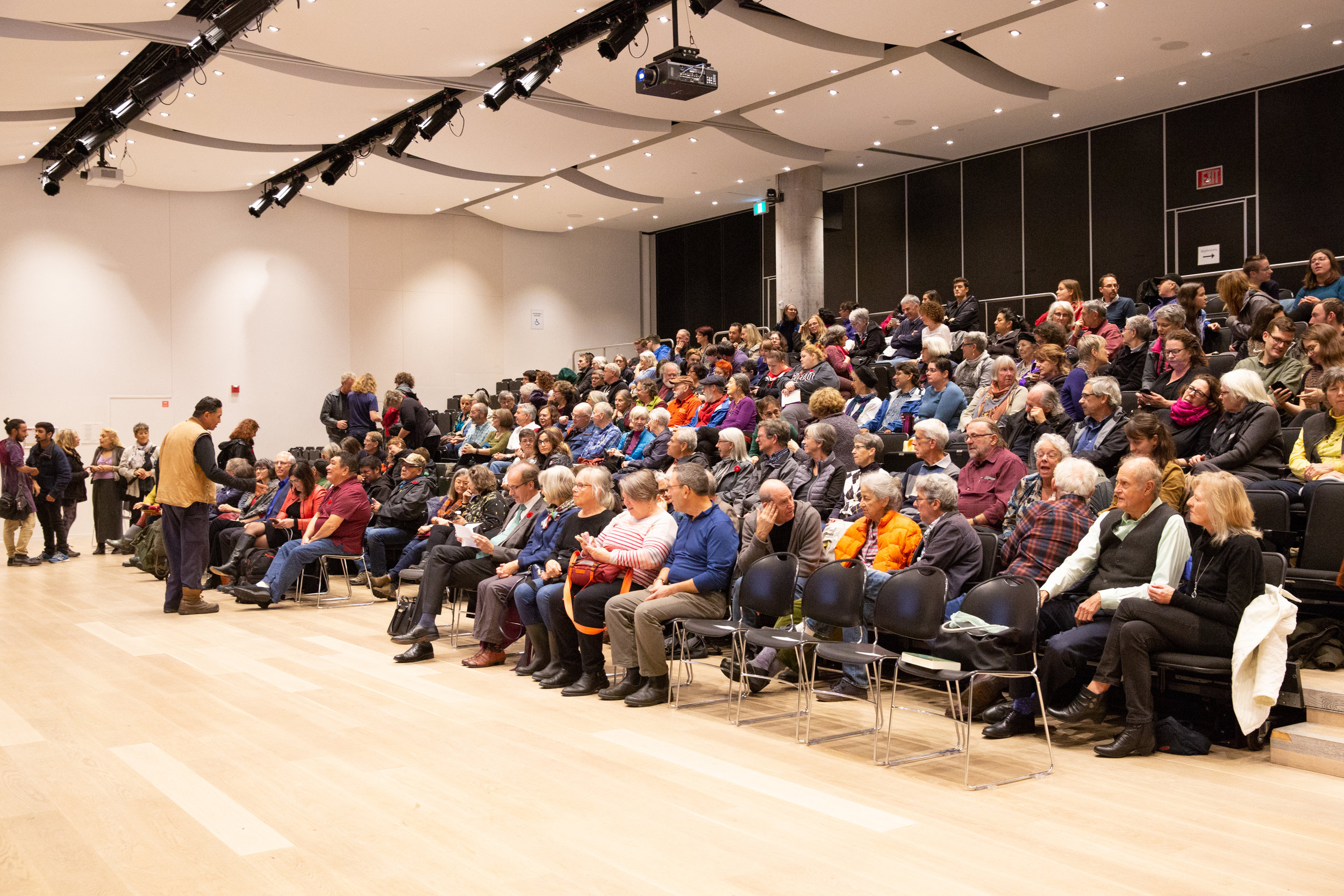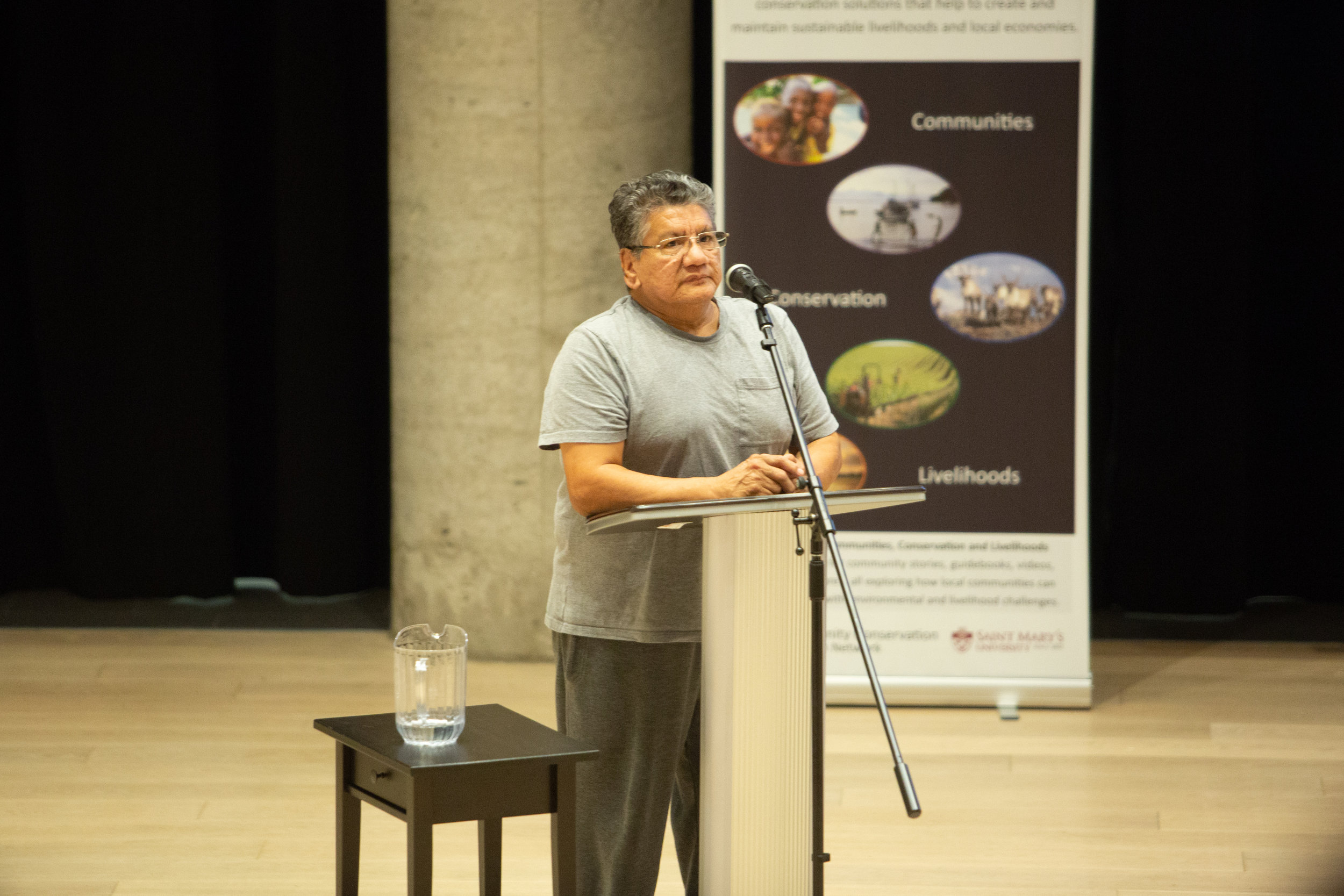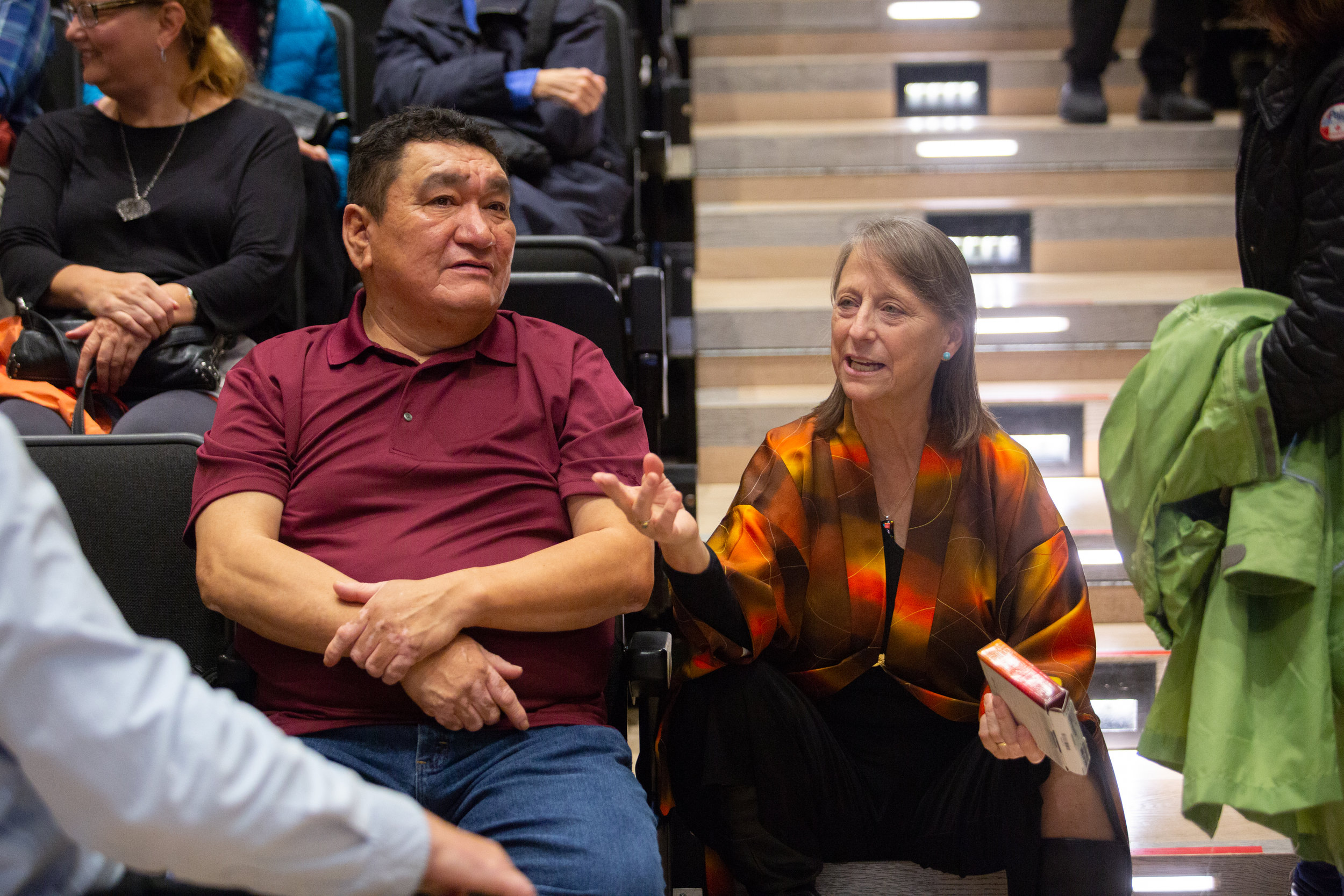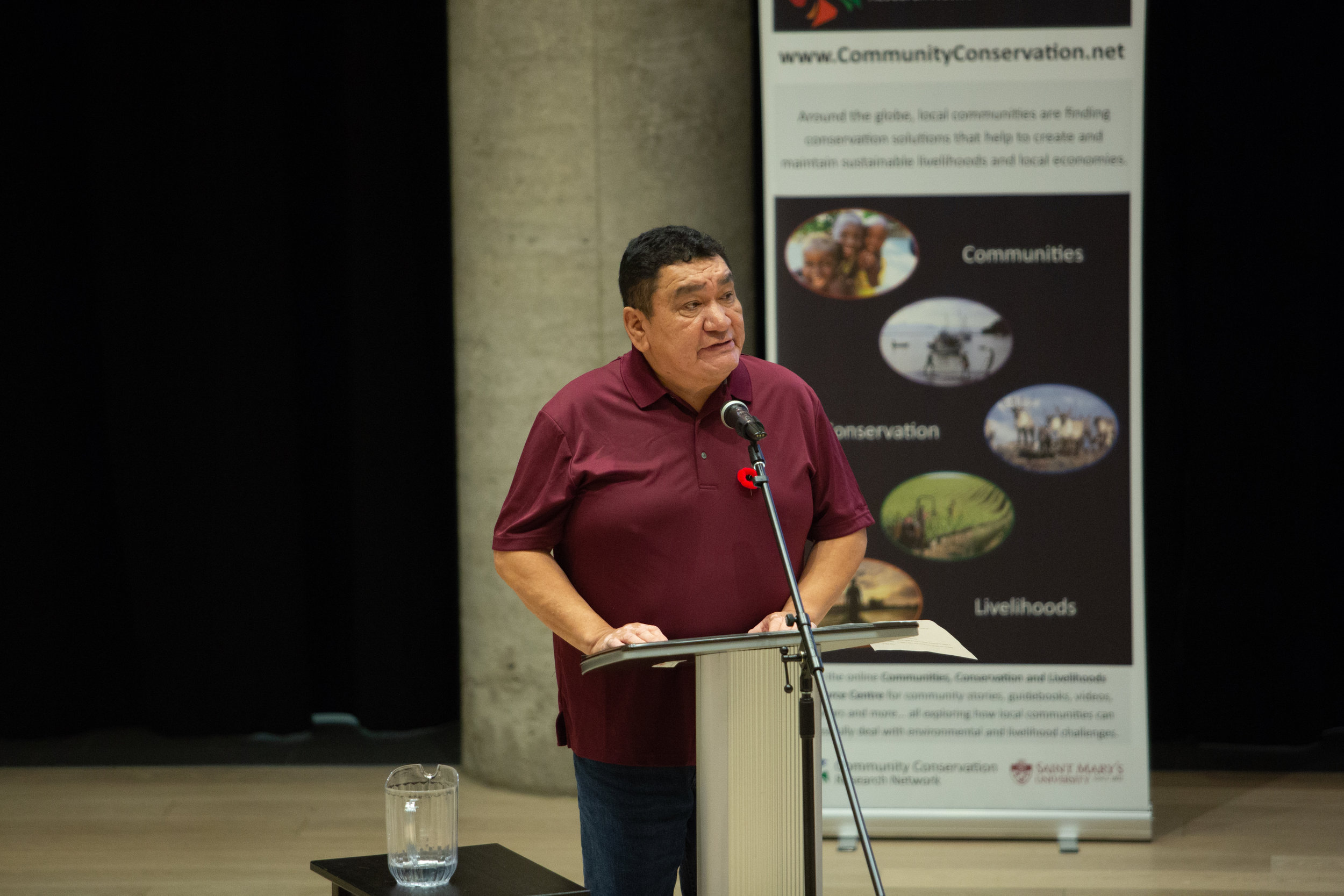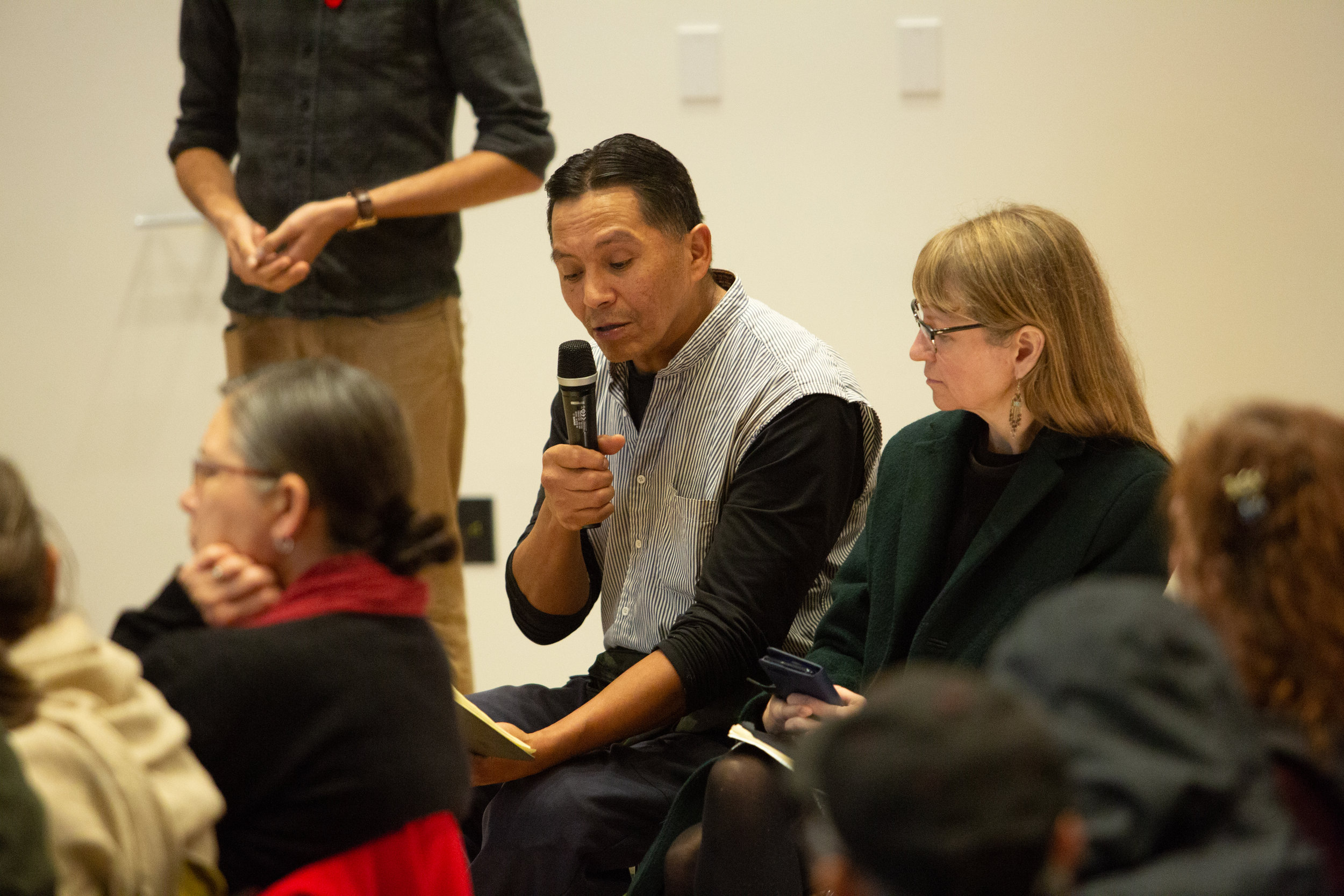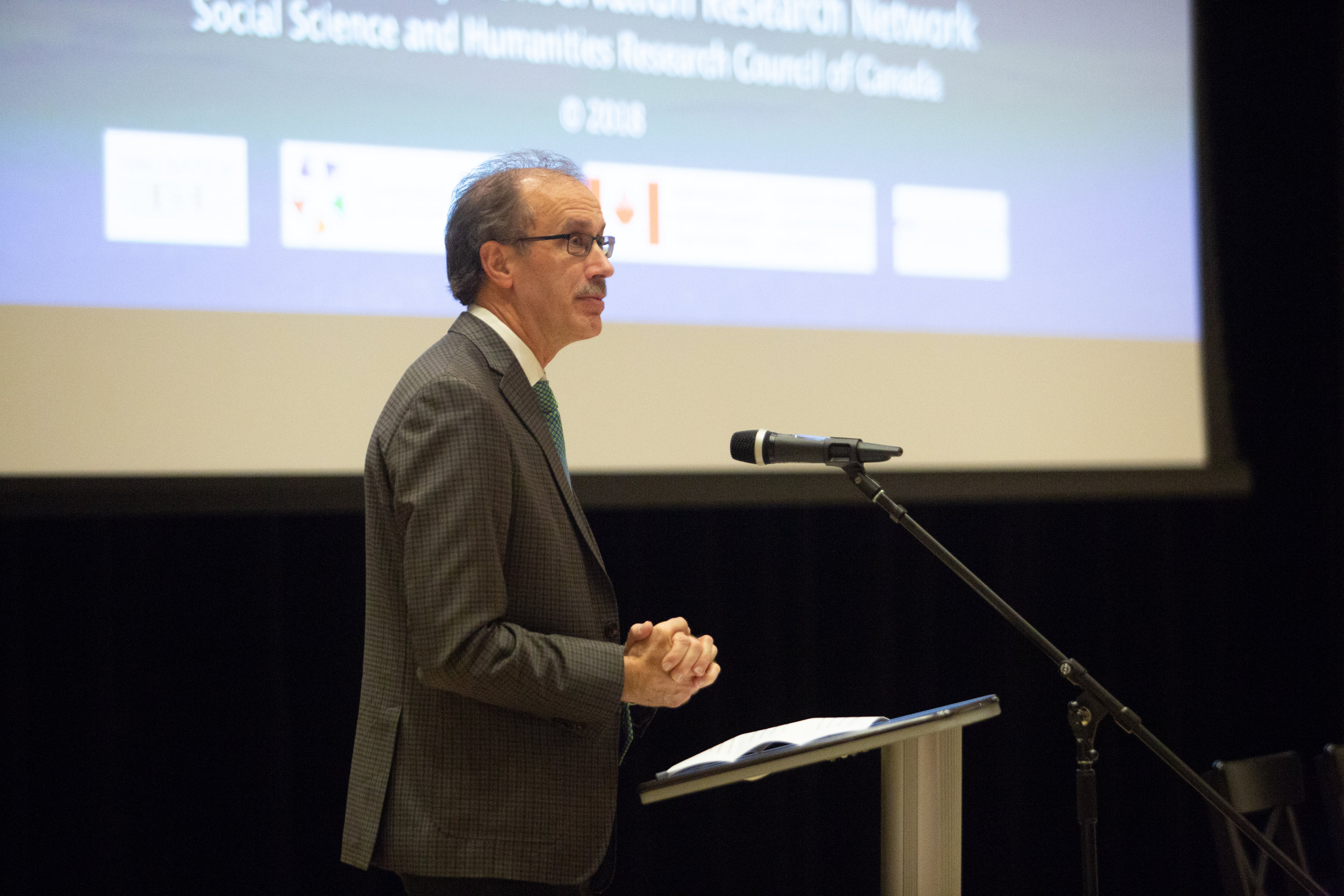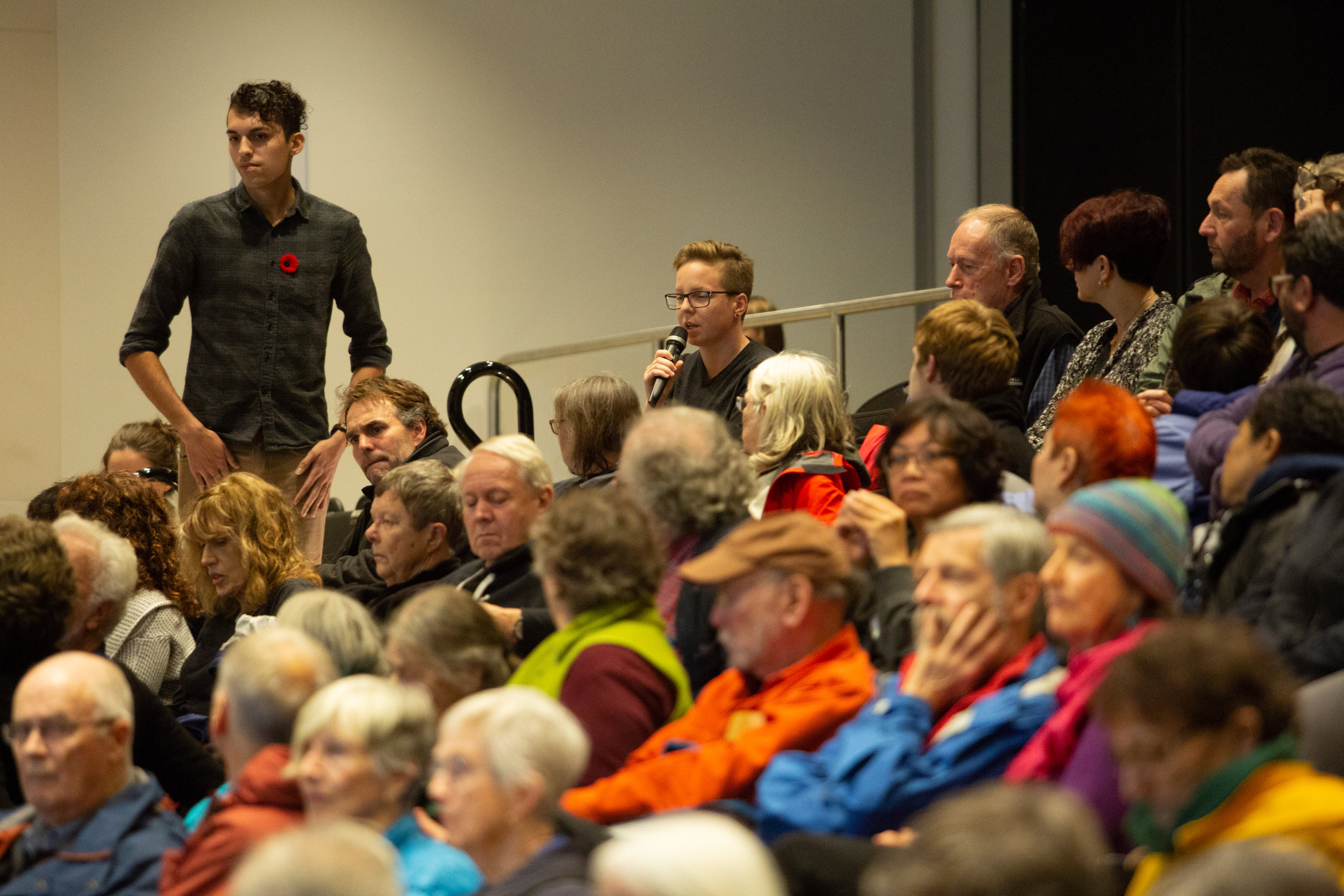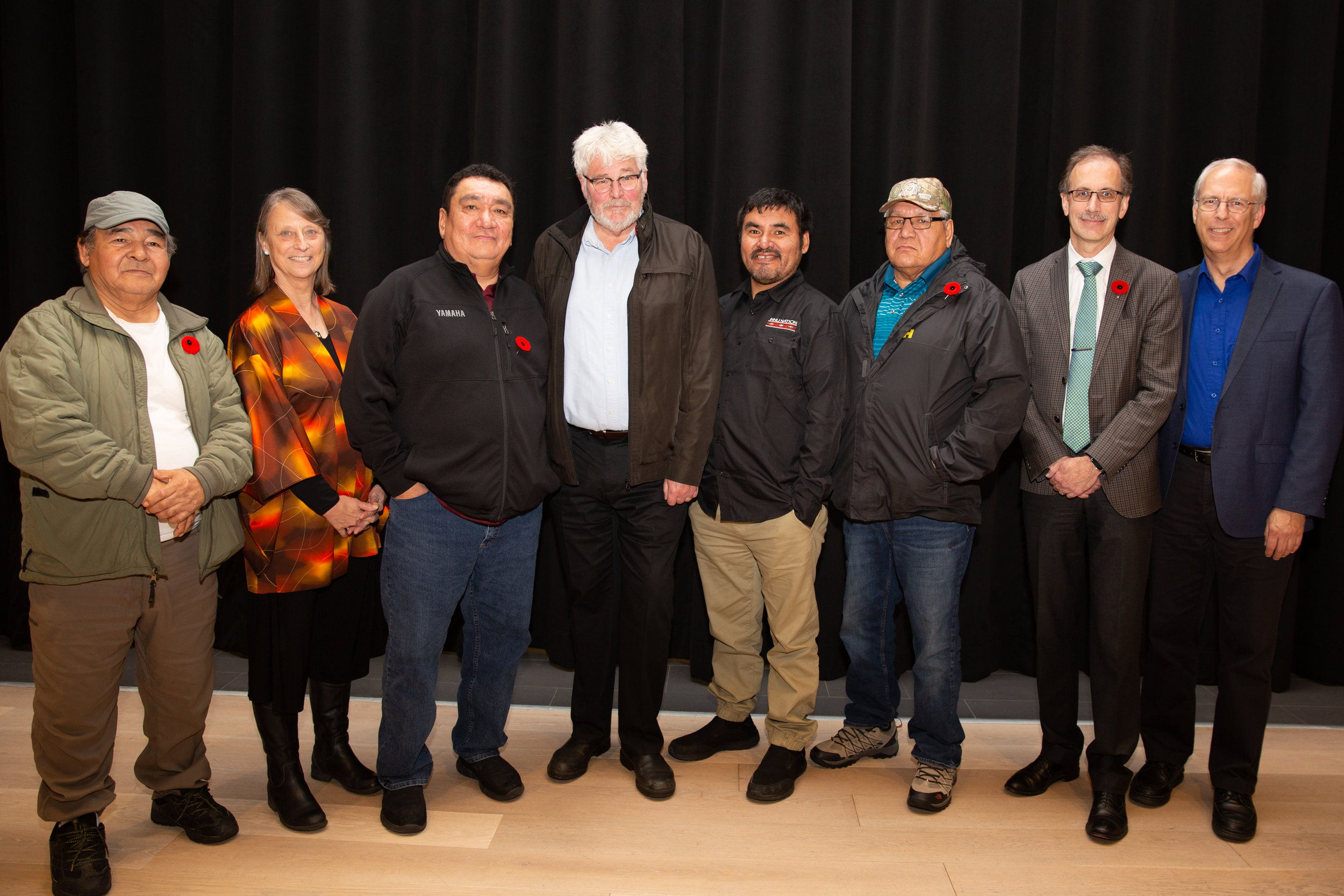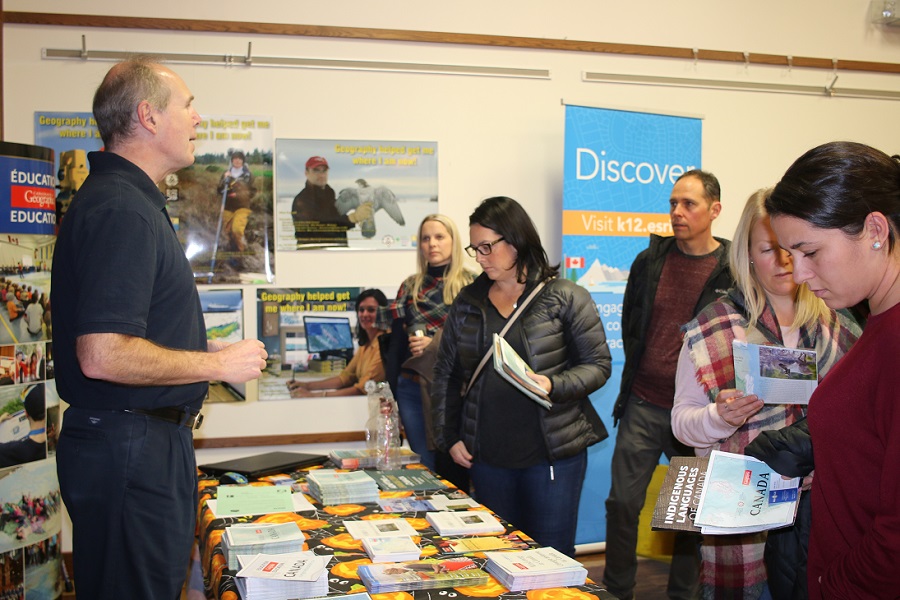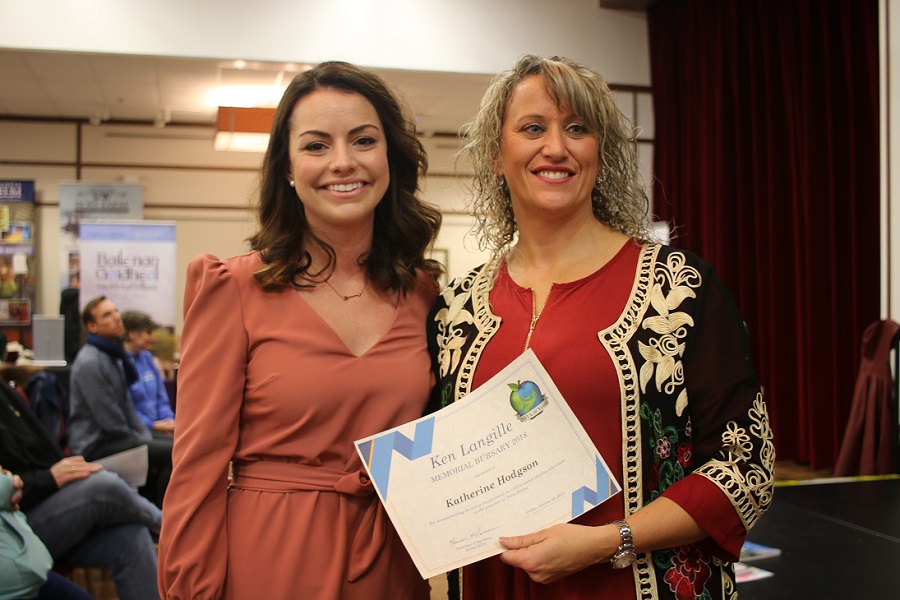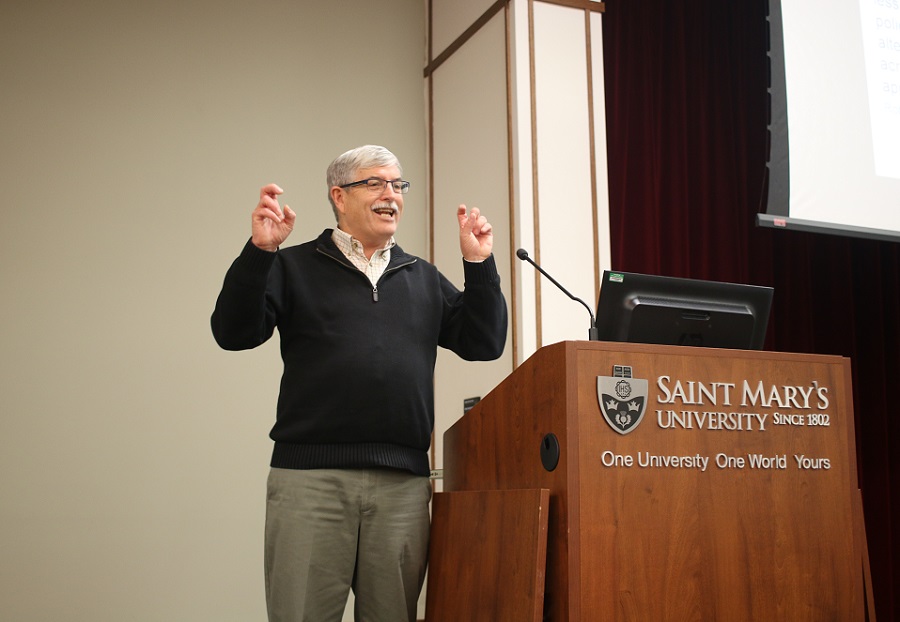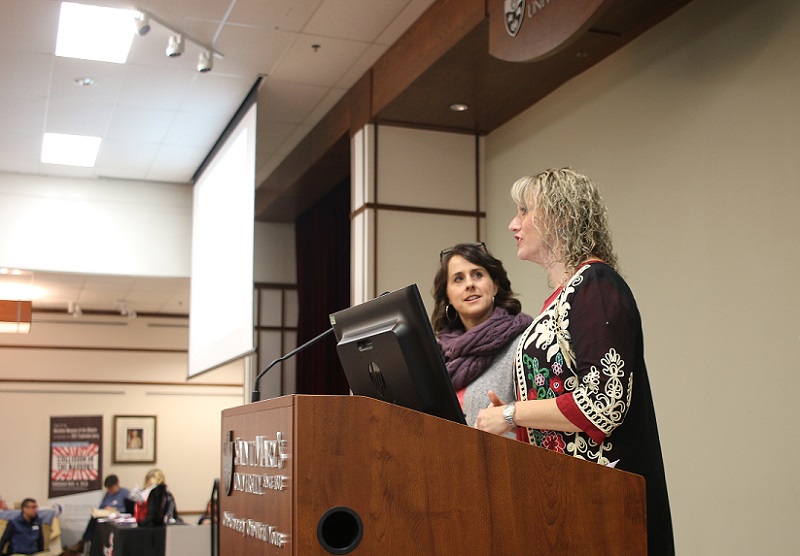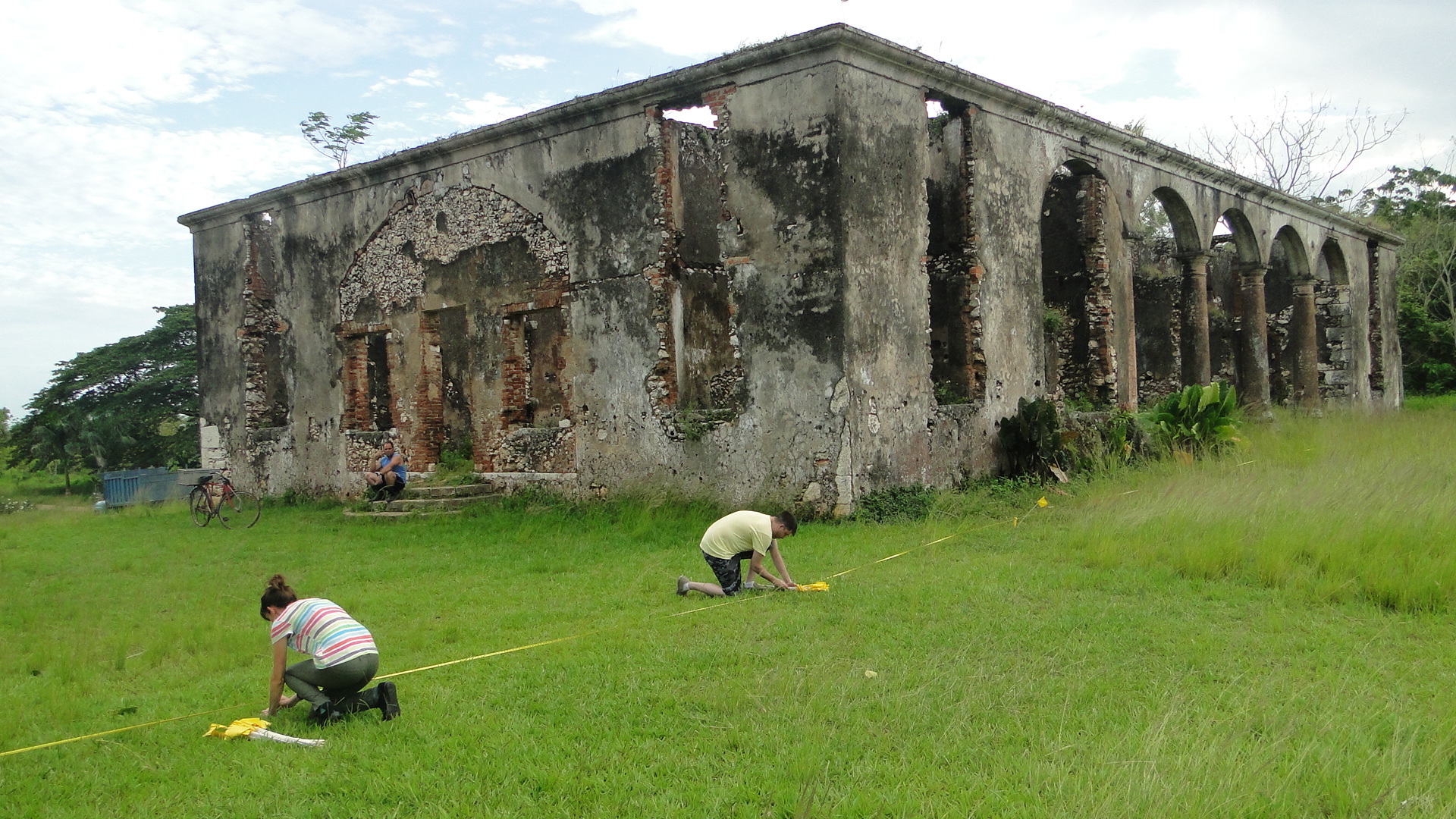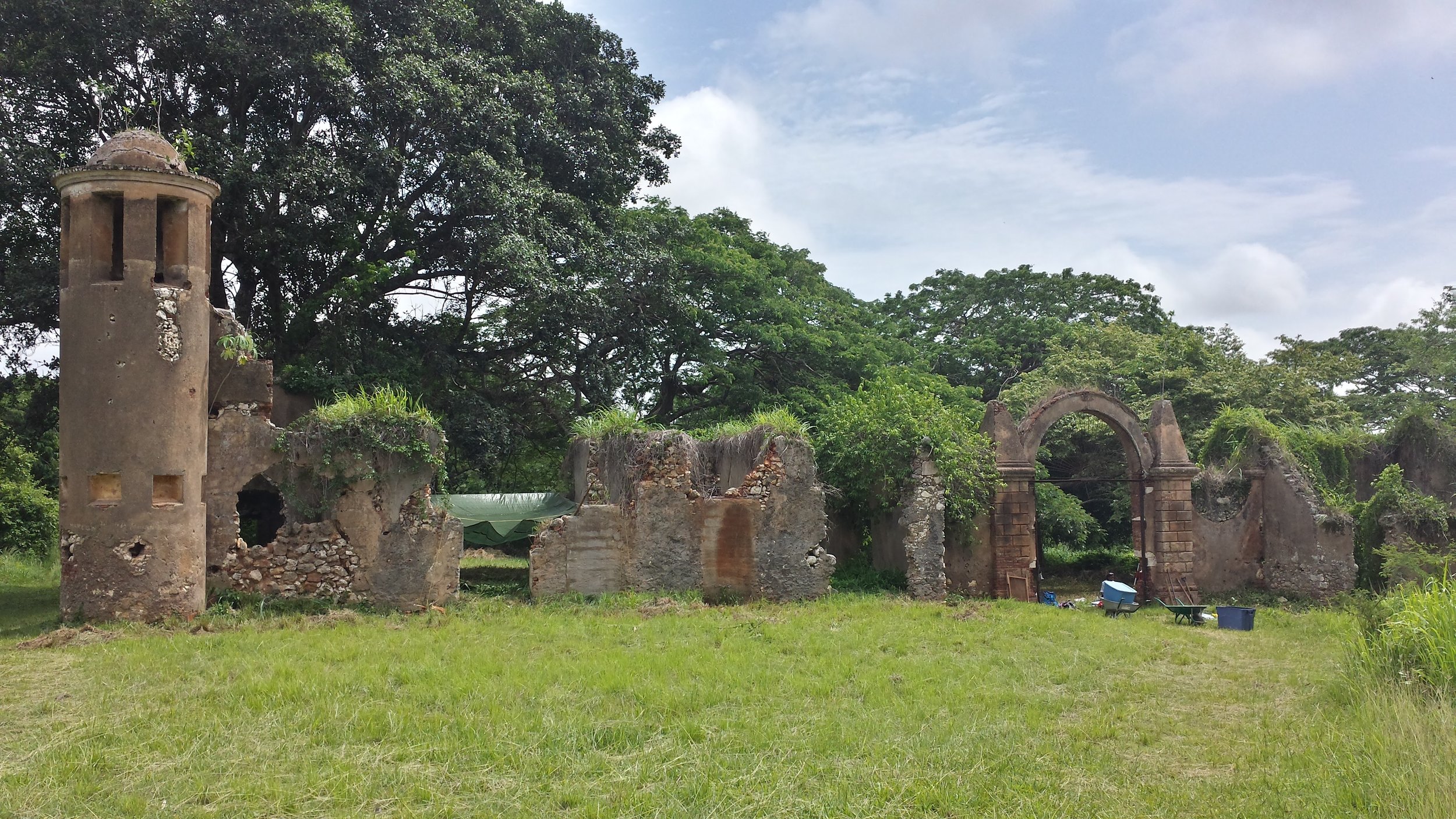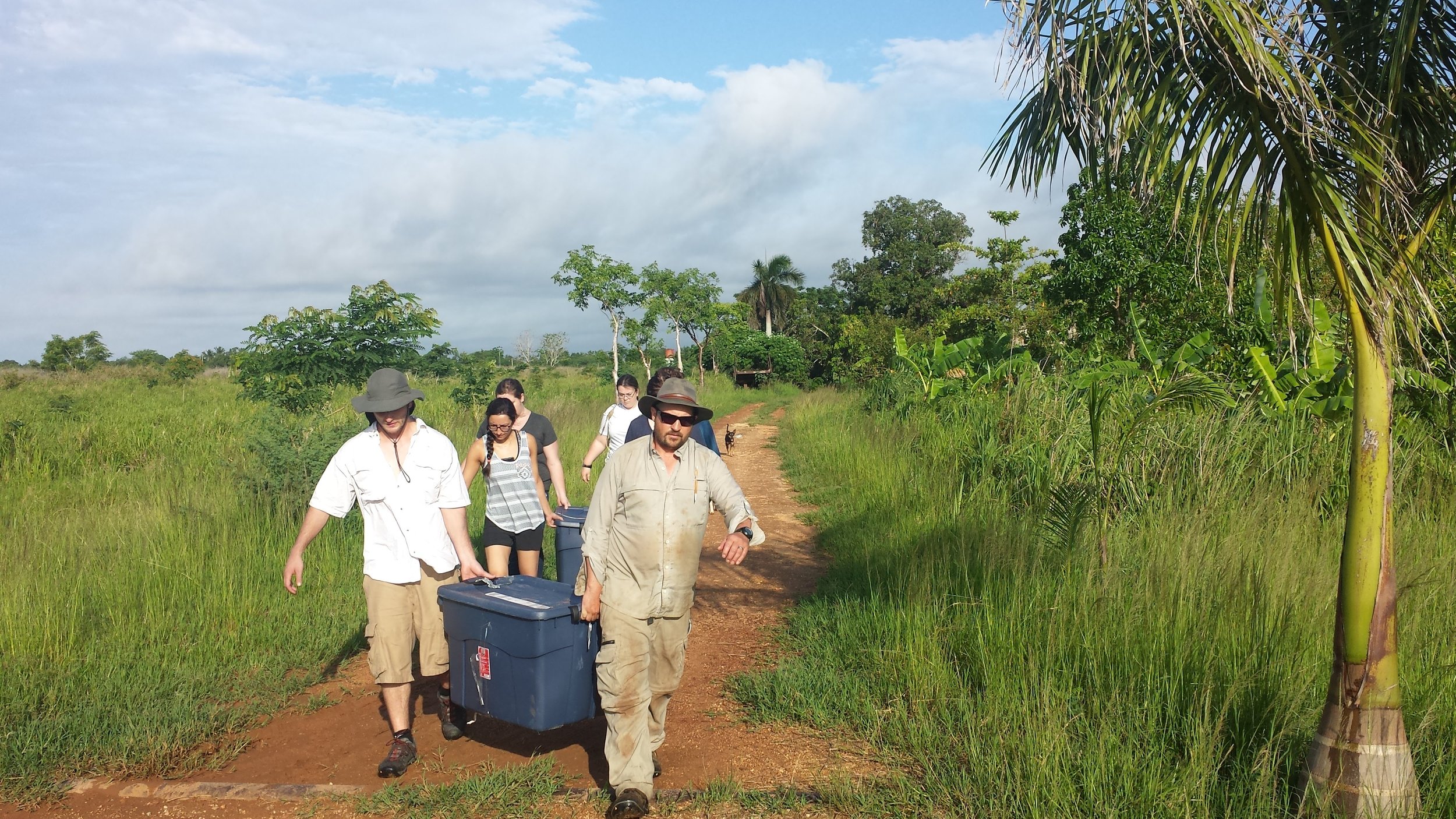Research into how poor-quality, marginal land can be used to produce biomass as a potential revenue stream for farmers underway at Saint Mary’s University received $1.2 million in funding from Agriculture and Agri-Food Canada’s AgriScience program and the Nova Scotia Innovation Hub Fund.
“Community is at the heart of all that we do at Saint Mary’s University, including our research,” said Saint Mary’s president Robert Summerby-Murray. “We are committed to working with the community and sharing our expertise to find innovative solutions to real-world challenges. I want to thank the Government of Canada for supporting Atlantic Canadian researchers who are at the forefront of agricultural research, research that will benefit us all.”
Dr. J. Kevin Vessey
Led by Dr. J. Kevin Vessey, the project receiving funding is called “Purpose-Grown Biomass Crops: Efficient Production, Yield Modelling and Real-world Verification.” The five-year project aims to determine what substances and organisms best promote plant growth and decrease production costs in a variety of plants including willow and switchgrass. The project will assess the yield potential of the crops on marginal soil areas on farms and AAFC research sites across Nova Scotia. The result is a database and yield prediction model for the four crops under examination.
“The long-term goal of my research is to enhance the bioeconomy, the part of the economy that uses renewable biological resources from the land and sea, of Nova Scotia. To do this we need to increase the production of biomass for processing into biofuels and other bioproducts in a sustainable way,” said Dr. Vessey. “This research is crucial to de-risking the use of biomass by providing a sustainable feedstock supply, which can attract more biomass processors to Nova Scotia. It has the potential of greatly diversifying the Province’s biomass feedstock inventory, while also contributing to rural economies and environmental sustainability.”
Sites for the project extend from Yarmouth to Inverness County. Partners on the project include: Acadian Seaplant Ltd, ADECO BioResources Inc., The Nova Scotia Federation of Agriculture, Port Hawkesbury Paper, and Propel Bioenergy.
The funding comes as part of the federal Biomass Cluster announced by Lawrence MacAulay, Minister of Agriculture and Agri-Food. The Cluster, led by the BioFuelNet Canada Network, includes a federal investment of up to $7 million along with an additional $3.1 million in contributions from industry, for a total investment of $10.1 million.



